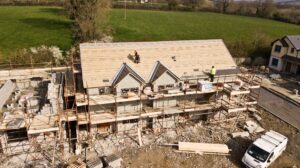
How to Renovate Your Basement: From Planning to Permits
Renovating or repurposing a basement is a great way to add value and functionality to a home. However, this process can be a lengthy and time-consuming one, which is why it’s important that the renovation is properly planned out ahead of time. With the right approach, you should be able to avoid mistakes that cause costs to increase and delays to occur.
When you’re planning your renovation, the first thing you should do is plan the layout. By identifying where everything will go and how the furniture will be positioned, you’ll be able to gain a better understanding of what the finished product will look like, which should guide your future decisions.
Before you begin these renovations, inspect and fix some areas around the basement. First of all, make sure that you test for any moisture by placing plastic sheeting around the walls and floor of the area where the project is set to take place. After a couple weeks, check back to see if condensation has formed below the sheeting. If it has, your foundation isn’t properly sealed. In the event that droplets of water are on top of the sheeting, the basement area requires dehumidifying.
Keep in mind that most basement renovations and finishing projects require building permits before work can begin. Once you obtain this type of permit, you can be confident that the work you’ve done is legal, safe, and adheres with all local building codes. You can apply for the necessary permits at the Los Angeles Department of Building and Safety. The following is an in-depth guide on how to renovate your basement.
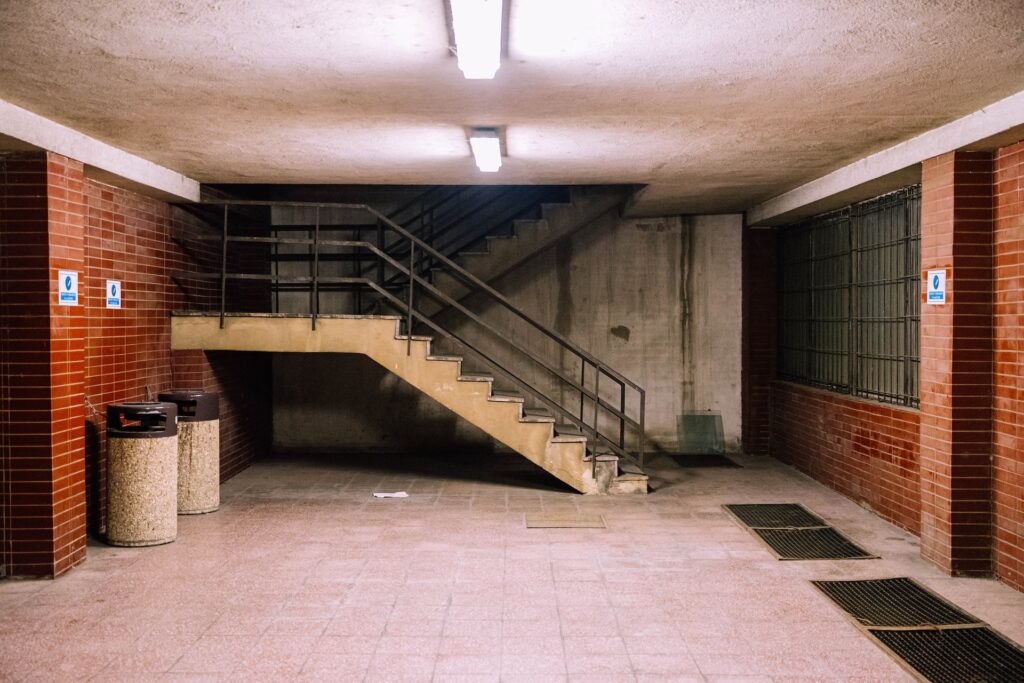
What Goes Into a Basement Remodel?
A basement remodel can take many different shapes and forms, which is why there are numerous factors and details that must be taken into account during this process. Some of the details that should be included in your remodel plans extend to:
- Set clear goals – Identify what you want from the new design of your basement. Do you want to add extra bedrooms or focus on creating a play area for your children? Once you know why you want to perform renovations, you can set goals that give the project more structure.
- Think of the space – You should think more about the basement space before starting work on the project. Along with finding out what the area’s square footage is, it’s also important to determine what your priorities are and where you want furniture and décor to be placed. All of these things should be considered before the project begins if you want to avoid delays.
- Consider functional details – Some of the functional details that should be taken into account include making sure you have the right HVAC and plumbing systems, working around any columns in the basement, and waterproofing the basement. Consider hiring professional contractors for these tasks.
- Determine if the area will have multiple uses – Basements are oftentimes converted into a multi-use room. For instance, the room could be made into a storage space as well as a family area.
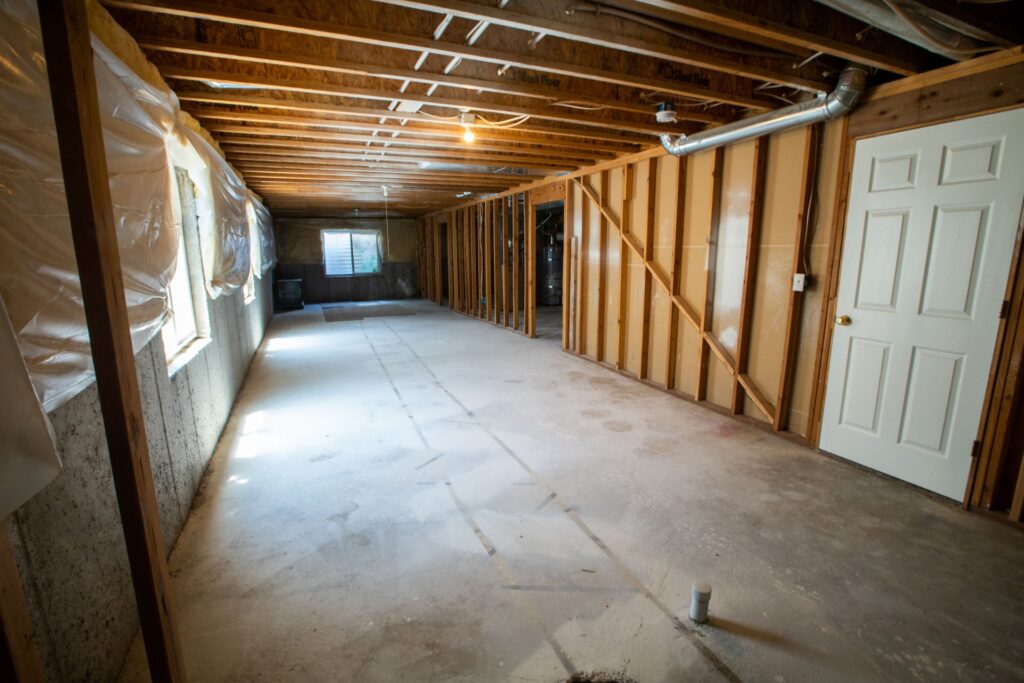
Common Mistakes
Because of how extensive this type of project can be, many people will make mistakes during the renovations. Even though it’s impossible to avoid making any mistakes, you can take steps to mitigate these issues and keep problems at bay. The more common mistakes to avoid when renovating your basement include:
- Numerous small rooms – In the event that your basement is currently unfinished, you have the option to form this room into anything you want. However, try to avoid dividing the area into many small rooms, which could end up feeling claustrophobic.
- Water problems – Basements are more likely to experience dampness, rot, mold, and similar issues. Leaky windows and malfunctioning water heaters can cause moisture buildup in the basement. These issues should be fixed immediately upon detection.
- Selection of materials – It’s highly recommended that you avoid wood and other organic materials when working in the basement. Since basements are prone to high-moisture conditions, it’s important to select materials that have a high water-resistance.
- Ventilation – Air quality is a common problem in basements since the area typically doesn’t contain as much ventilation when compared to other areas of the home. Make sure that your HVAC system has great filtration and properly filters basement air.
- Bad soundproofing – The footsteps from the main floor of your home can become annoying after a few weeks, which is why you should think about adding soundproofing and insulation to the basement.
- Inadequate lighting – It’s very difficult for natural light to get into the basement, which is why you should plan to add electrical lighting to the room when creating a renovation plan.
Key Elements to Factor Into Your Plans
There is a standard procedure when it comes to remodeling a basement because of the need to adhere to safety precautions. These procedures can be found in the Los Angeles residential building codes.
Will You Need More Headroom?
Most codes require that your basement offers 7.0-7.75 feet of clearance to be used as a living area or play room. If your basement doesn’t have this amount of headroom, you could lower the floor. However, this project is a lengthy and expensive one. It’s possible that moving pipes and ducts could solve this issue, which is something you should ask your contractor about.
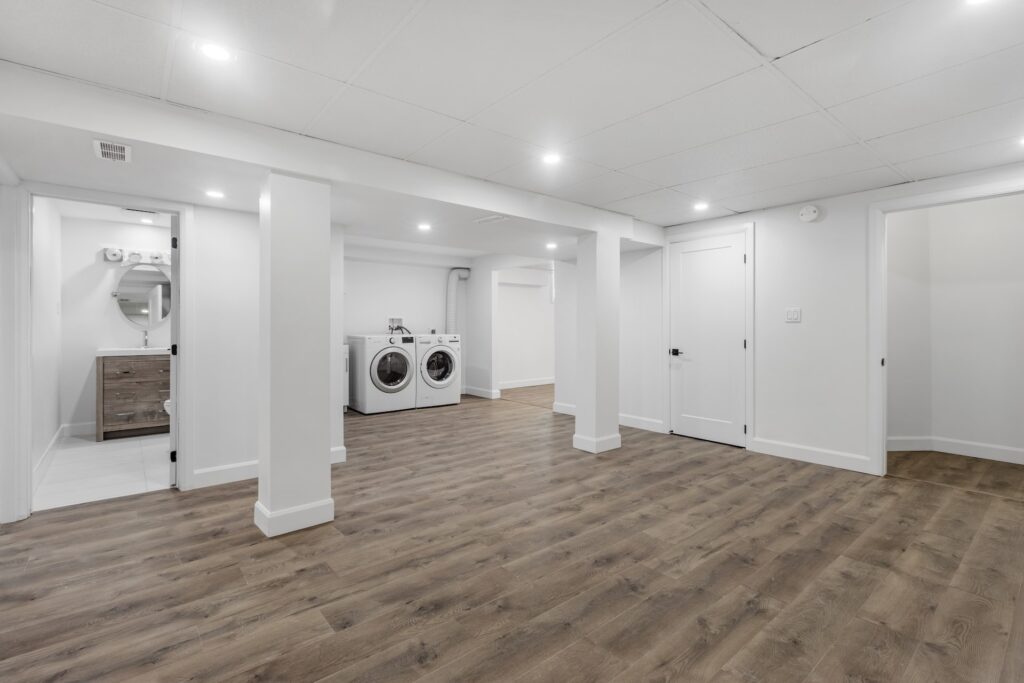
Waterproofing
Small leaks don’t necessarily require attention from a professional. You could place diverters at your gutters to move gutter water away from the foundation of your home. You might also want to seal gaps or cracks near pipes, which can be done with some concrete-patching compound. If you notice any larger cracks around your basement, these can be filled with hydraulic cement. You should have a structural engineer take a look before the cement is added.
Insulate Pipes Before Boxing Them In
Consider insulating the pipes in your basement before boxing them in. When these pipes are still exposed, they can be outfitted with foam insulation sleeves, which prevents heat loss or condensation around the ceiling of your basement.
No Standard Drywall to Avoid Mold
Mold is a serious problem in basements that should be avoided at all costs. Keep in mind that mold can grow practically anywhere and is particularly common on standard drywall. You can avoid this issue with high-performance panels or gypsum panels. Select a material that has a high mold resistance.

Preferential Details
After your basement is framed and fully prepared, you can add some details to the space that will allow it to look like another room in your home. For instance, consider installing gym equipment or home theater systems to the room.
Permits, Local Codes, and Safety Precautions
Before renovating your basement, it’s essential that you focus on obtaining the necessary permits, taking the right safety precautions, and adhering to local building codes. When looking specifically at building permits, the only way a permit will be given to you by the LADBS is if your plans comply with local building codes and safety regulations. Consider having a permit expediter by your side to speed this process up.
Think about researching local building codes as well as the requirements for basement renovations. The LADBS can answer any questions you have about the local building code. Make sure that your basement has enough exits to comply with building regulations. As mentioned previously, the ceiling in your basement might also need to be set to a minimum height.

Do I Need a Permit to Remodel My Basement?
A building permit is always necessary when rebuilding a basement. Even if your work meets all of the local building codes, you could still be asked to get rid of the work you’ve done if you don’t obtain a permit beforehand. Selling a home with unpermitted work can also be difficult since most lenders won’t provide borrowers with the necessary mortgage loans.
What Codes Should I Be Aware of in LA?
When you want to remodel your basement and make sure that the project meets all of the local building requirements, chapter four of the Los Angeles Residential Building Code is the one that contains every rule and regulation pertaining to the foundation and basement of a residential home.
Safety Precautions to Consider
Look out for any amount of moisture in the basement area. If moisture is present from a leak, this issue can result in the development of mold, which can lead to health problems for anyone in your home. Contact a mold remediation professional to get rid of any mold you detect. During the renovations, it’s highly recommended that you stay away from the contractors to remain safe while around the construction site.
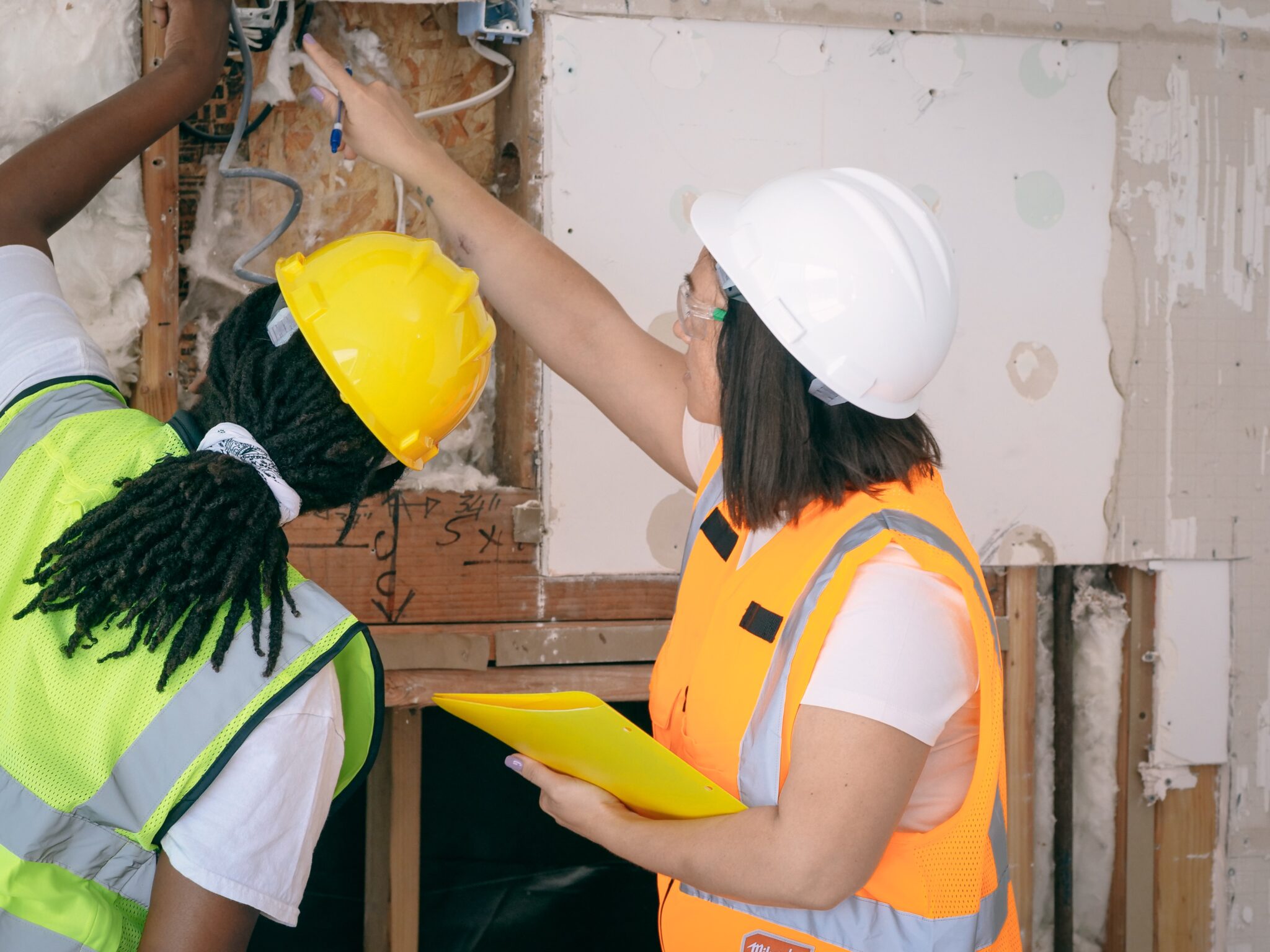
Know Your Budget Before You Start
You should know exactly how much you can spend on a basement remodeling project before the project even begins. Without having a strict budget in mind, you could overspend, which may put you in debt. The price of this type of project can vary depending on the size of the project as well as the square footage of the basement. If the project costs are running higher than your budget, consider switching to more affordable materials.
Contact Trusted Remodeling Contractors
Any work that’s done to the foundation of your home should be of the highest quality, which is why it’s recommended that you hire reliable contractors with great online reviews and a strong reputation. Reliable contractors are much more likely to finish your remodeling project on your preferred timeline.
Now that you know how to renovate your basement and what building permits are needed, you should be ready to create your renovation plans. Once these plans are made, contractors can be hired and the first changes to the basement area can take place.

Jason Somers, President & Founder of Crest Real Estate
With over 15 years of professional experience in the Los Angeles luxury real estate market, Jason Somers has the background, judgement and track record to provide an unparalleled level of real estate services. His widespread knowledge helps clients identify and acquire income producing properties and value-ad development opportunities.
Learn more about Jason Somers or contact us.

